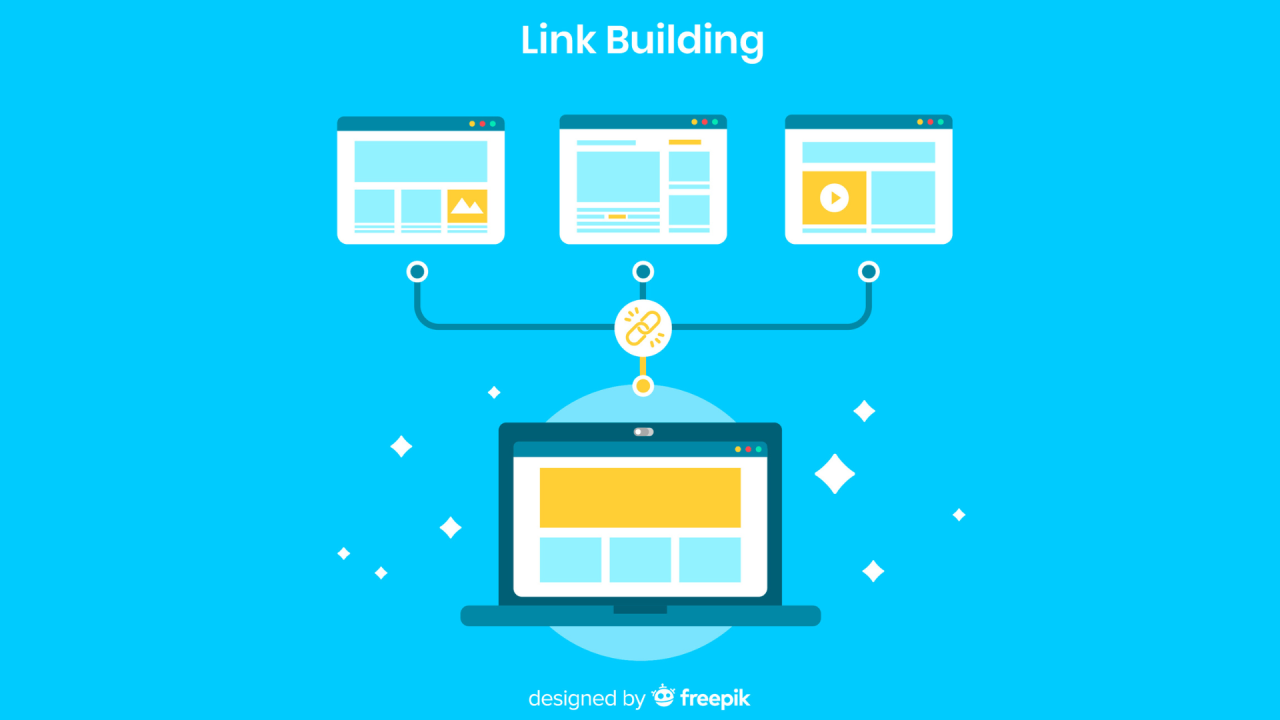
Magento 2 CMS Migration Extension – A Complete Guide
Migrating from Magento 1 to Magento 2—or even between Magento 2 stores—often involves moving not just products and customers, but also important CMS content like pages, blocks, and widgets. For many online stores, these content pieces are essential for branding, SEO, and user engagement.
The Magento 2 CMS migration extension is a specialized tool designed to make this process smooth, accurate, and efficient. Without such an extension, store owners would have to manually copy and paste content, risking errors, broken layouts, or data loss.
Understanding the Magento 2 CMS Migration Extension
A Magento 2 CMS migration extension is a module that automates the transfer of CMS pages, static blocks, and widgets from one Magento store to another. It eliminates the need for manual data handling and ensures that design elements, images, and formatting remain intact after migration.
These extensions are particularly useful when:
- Upgrading from Magento 1 to Magento 2.
- Moving CMS content between different Magento 2 installations.
- Consolidating multiple stores into a single site.
- Testing design changes in a staging environment before moving them live.
Why Use a Magento 2 CMS Migration Extension?
While Magento offers tools for product and customer migration, it does not natively provide a complete CMS migration feature. Here’s why using an extension makes sense:
- Time Savings: Large stores with dozens of CMS pages and blocks can migrate in minutes instead of hours.
- Data Accuracy: Preserves HTML, images, and custom code without errors.
- Reduced Downtime: Faster migration means less disruption to store operations.
- Preserves SEO Value: Keeps URL structures, meta data, and content formatting intact.
Key Features of Magento 2 CMS Migration Extensions
Different extensions may vary in features, but most high-quality Magento 2 CMS migration extensions offer:
- One-Click Migration: Simple interface for moving all CMS data.
- Selective Migration: Option to choose specific pages, blocks, or widgets to transfer.
- Image Handling: Automatically transfers media files linked to CMS content.
- Cross-Version Compatibility: Works between Magento 1 and Magento 2, as well as between different Magento 2 versions.
- Error Logs: Generates reports of migrated and failed items for review.
- Preservation of Design: Maintains HTML structure, embedded scripts, and styling.
How the Magento 2 CMS Migration Process Works
Using a Magento 2 CMS migration extension typically involves a straightforward process:
- Install the Extension
Add the extension to both the source and target Magento stores via Composer or manual upload. - Connect Stores
Set up an API or database connection between the two stores. - Select Data to Migrate
Choose all or specific CMS pages, blocks, and widgets for migration. - Run the Migration
Start the migration process and monitor progress through the admin panel. - Verify and Test
After migration, check each page and block to ensure correct formatting and functionality. - Go Live
Once tested, make the migrated content available to customers.
Best Practices for a Smooth CMS Migration
Migrating CMS content can be sensitive, especially if your site relies heavily on static pages for SEO and branding. Here are some tips to ensure a seamless process:
- Backup Your Store: Always create a full backup before migration.
- Test in a Staging Environment: Migrate content to a test site first.
- Check for Broken Links: Update internal links after migration if the URL structure changes.
- Review Formatting: Verify that custom HTML, CSS, and scripts are working correctly.
- Migrate in Batches: For large sites, migrate in smaller batches to reduce errors.
Benefits of Using Magento 2 CMS Migration Extensions
- Consistency Across Platforms: Ensures that brand messaging, layouts, and visuals are identical after migration.
- Cost Efficiency: Saves time and reduces labor costs compared to manual migration.
- Minimal Risk of Data Loss: Automated migration minimizes human error.
- Faster Project Completion: Critical for projects with tight deadlines.
- Flexibility: Ability to migrate only what you need without affecting the entire store.
Choosing the Right Magento 2 CMS Migration Extension
When selecting an extension, consider the following factors:
- Compatibility: Ensure it works with your current Magento version.
- Support and Updates: Choose a provider that offers regular updates and technical support.
- User Reviews: Look for extensions with positive feedback from other Magento store owners.
- Ease of Use: A user-friendly interface will save you time.
- Price vs. Features: Balance your budget with the features you require.
Real-World Example of CMS Migration
Imagine a Magento 1 store with 50 CMS pages, 20 static blocks, and multiple custom widgets. Without a Magento 2 CMS migration extension, the store owner would need to manually recreate every single page—copying text, images, and code while ensuring formatting remains intact.
With the extension, this process could be completed in less than an hour, and every page would retain its design, metadata, and linked images. This not only saves time but also ensures brand consistency and SEO stability.
Common Mistakes to Avoid in CMS Migration
- Skipping Testing: Launching migrated content without reviewing can lead to broken pages.
- Overwriting Live Data: Always ensure you are migrating to the correct store instance.
- Ignoring Media Files: Migrating CMS content without associated images can break layouts.
- Not Updating URLs: Some links may need adjustments after migration.
Future-Proofing Your Store After Migration
Once your CMS migration is complete, it’s a good time to:
- Optimize Pages for SEO: Review metadata, headings, and internal linking.
- Enhance User Experience: Update outdated content and improve layouts.
- Regularly Backup CMS Content: Prevent future data loss with scheduled backups.
Conclusion
The Magento 2 CMS migration extension is an essential tool for any store owner looking to transfer CMS content quickly, accurately, and without disrupting the shopping experience. Whether you are upgrading from Magento 1, moving between Magento 2 stores, or consolidating multiple websites, this extension can save time, reduce errors, and ensure brand consistency.





